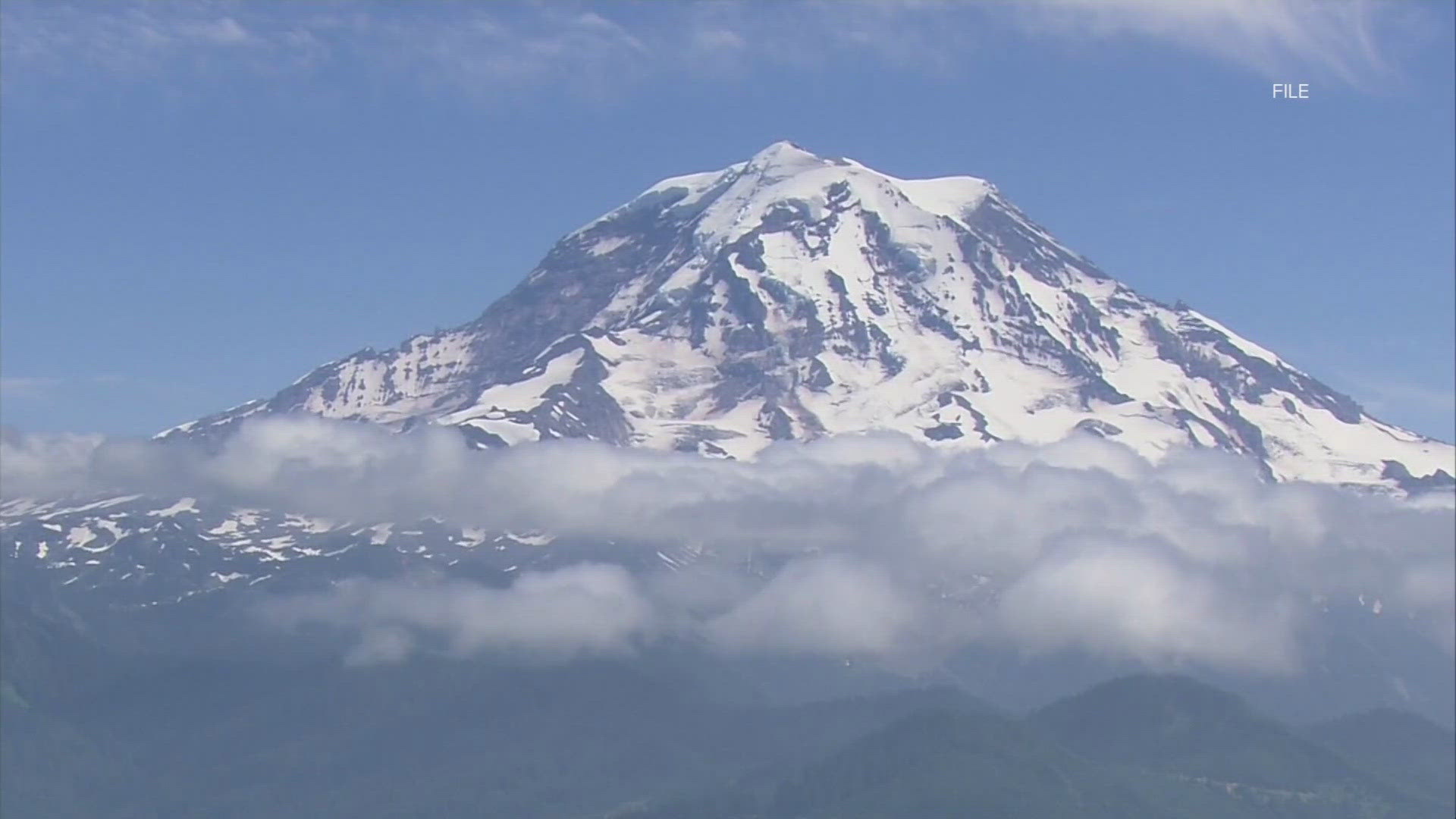SEATTLE — The Pacific Northwest continues to see spikes in seismic activity, from Mount St. Helens earlier this year to more recently, Mount Adams in southern Washington.
The United States Geological Survey (USGS) located six earthquakes at Mount Adams last month when the volcano usually only sees one every few years.
Just two months earlier, a 6.4-magnitude quake off Vancouver Island shook the region, which USGS marked as the northwest's largest earthquake of 2024 so far.
Before that, Mount St. Helens again made headlines, with scientists recording 350 quakes between February and June.
Jackie Caplan-Auerbach, a seismologist and professor at Western Washington University in Bellingham, said that while these earthquakes may seem alarming, everything is business as usual.
“Geologic time is long. We don’t get nervous when there’s a couple of years with milder activity. We don’t get nervous when there’s a couple of years of enhanced activity," Caplan-Auerbach said.
She explained that the science of seismology advances one earthquake at a time. With every earthquake comes greater improvements to the field, instruments, and technology.
"As a seismologist, all these earthquakes are interesting. But there’s no increase in hazards," she said.
In the meantime, researchers say that doesn’t mean we shouldn’t be ready, especially for the "big one." That's the potentially 9.0 magnitude earthquake expected to generate from the Cascadia Subduction Zone.
Harold Tobin, director of the Pacific Northwest Seismic Network and a professor at the University of Washington, said that could happen anytime from tomorrow to 200 years from now.
“The Pacific Northwest, especially west of the Cascades is a real earthquake hazard zone," he said. "On the resilience side, we have made huge progress, but we have a long way to go to make our cities, towns, buildings, bridges, and roads more ready for the earthquakes we know are coming.”
As for preparedness, he said the Pacific Northwest has room to grow.
“We’re certainly better prepared than at the time of the Nisqually earthquake," Tobin said. "Buildings are built better than they were back then. But we should be doing a lot more of retrofitting of older buildings and making all the systems that keep our cities and towns going more resilient.”
Tobin noted that earthquake detection and public alert systems have improved significantly since the early 2000s.
July's magnitude 6.4 earthquake was the first time the ShakeAlert system was activated for people in Washington state. These alerts are critical, Tobin said, so when the next big one comes, even if it's not "the" big one, we'll be more prepared.

